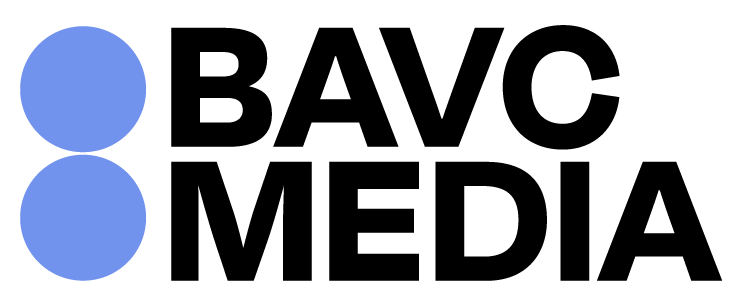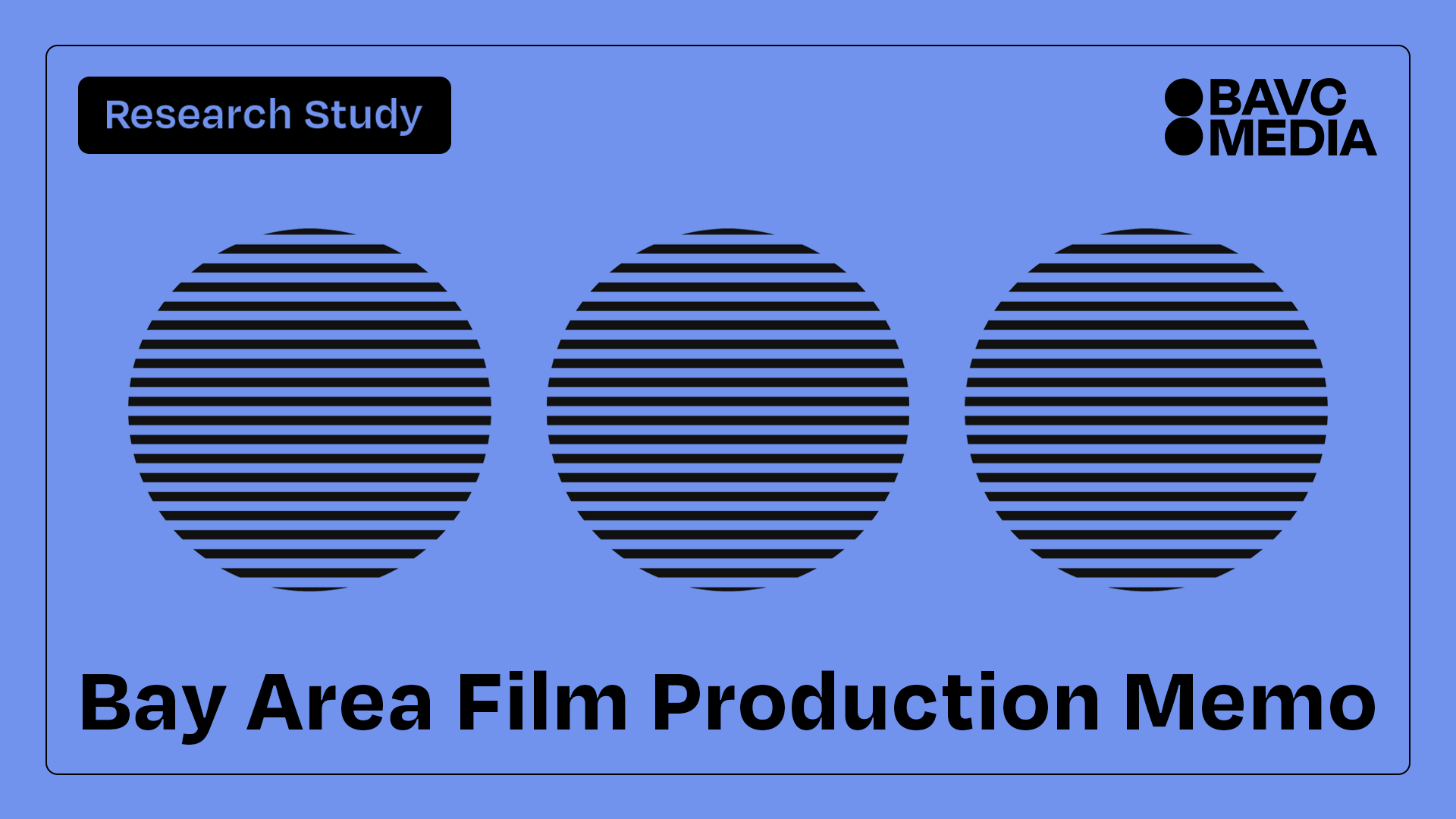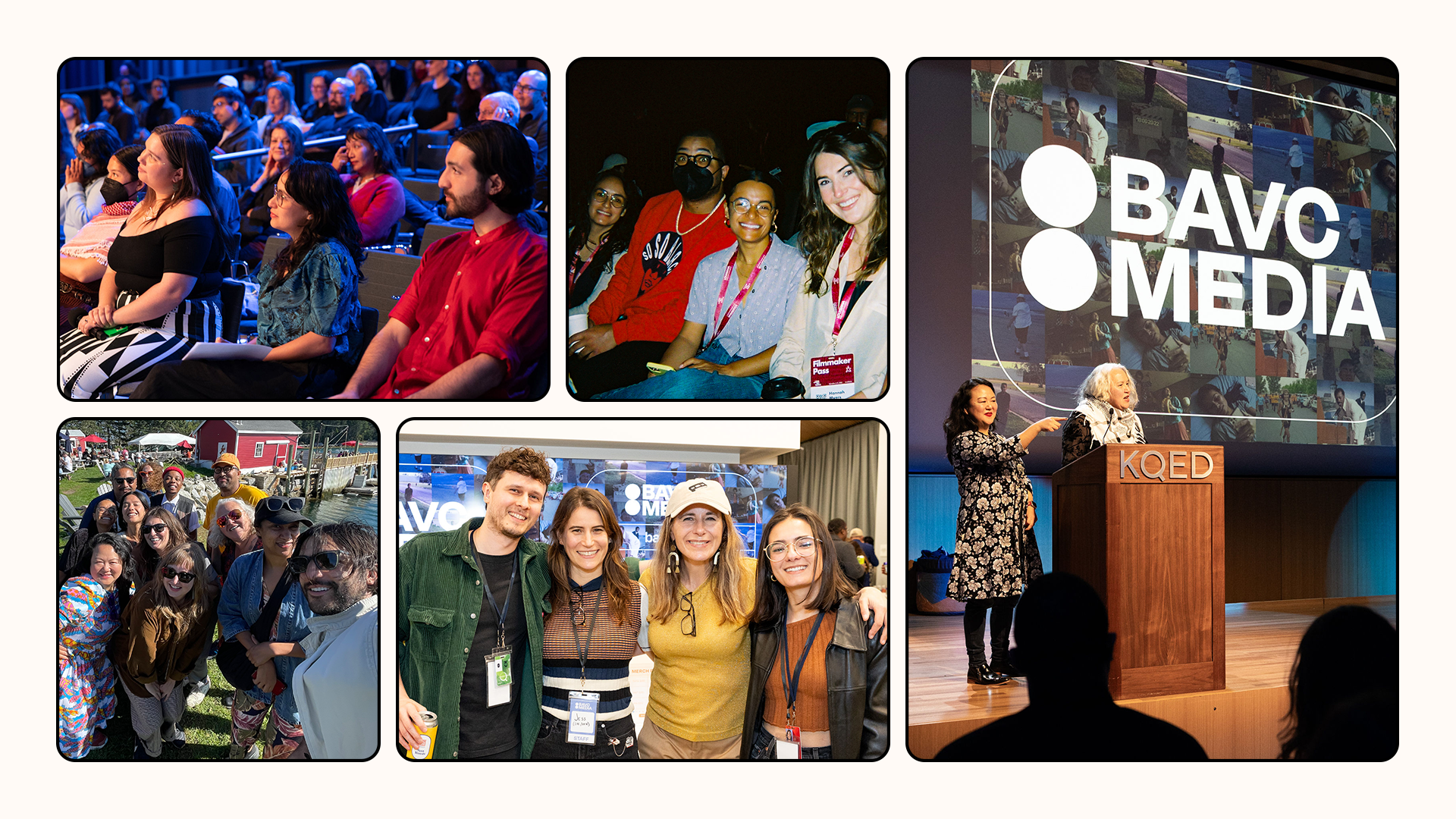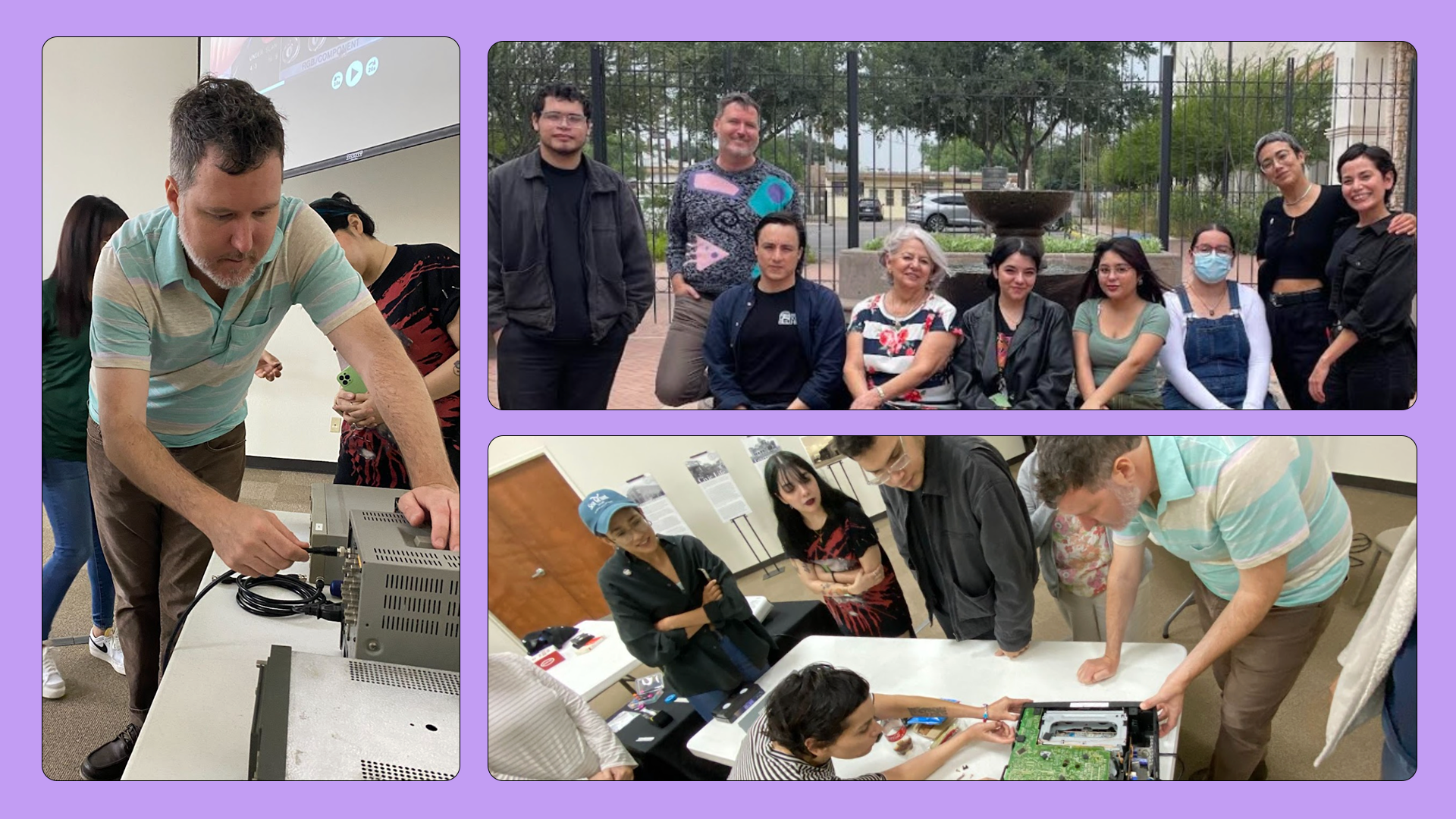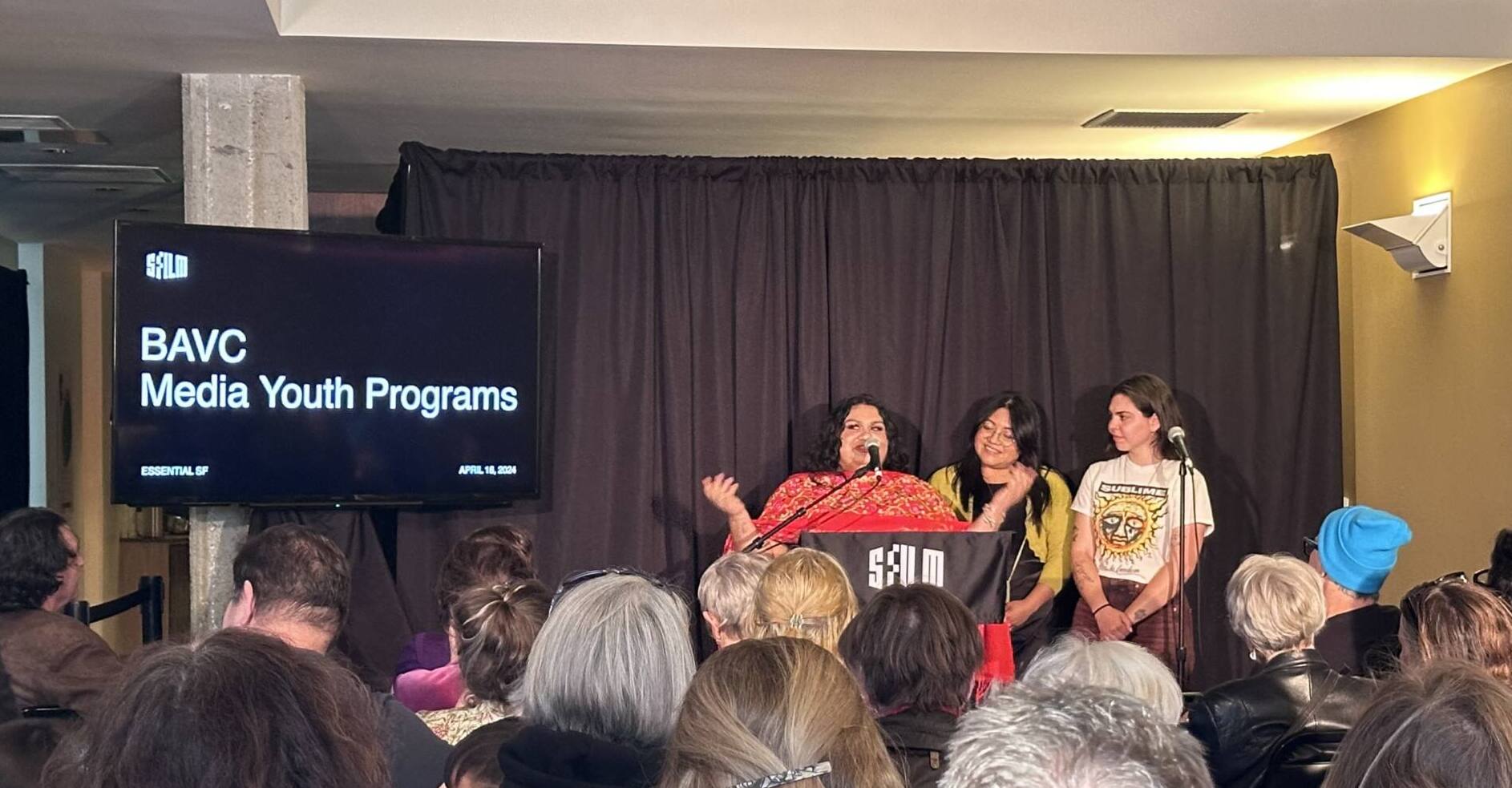MediaMakers at the Mill Valley Film Festival
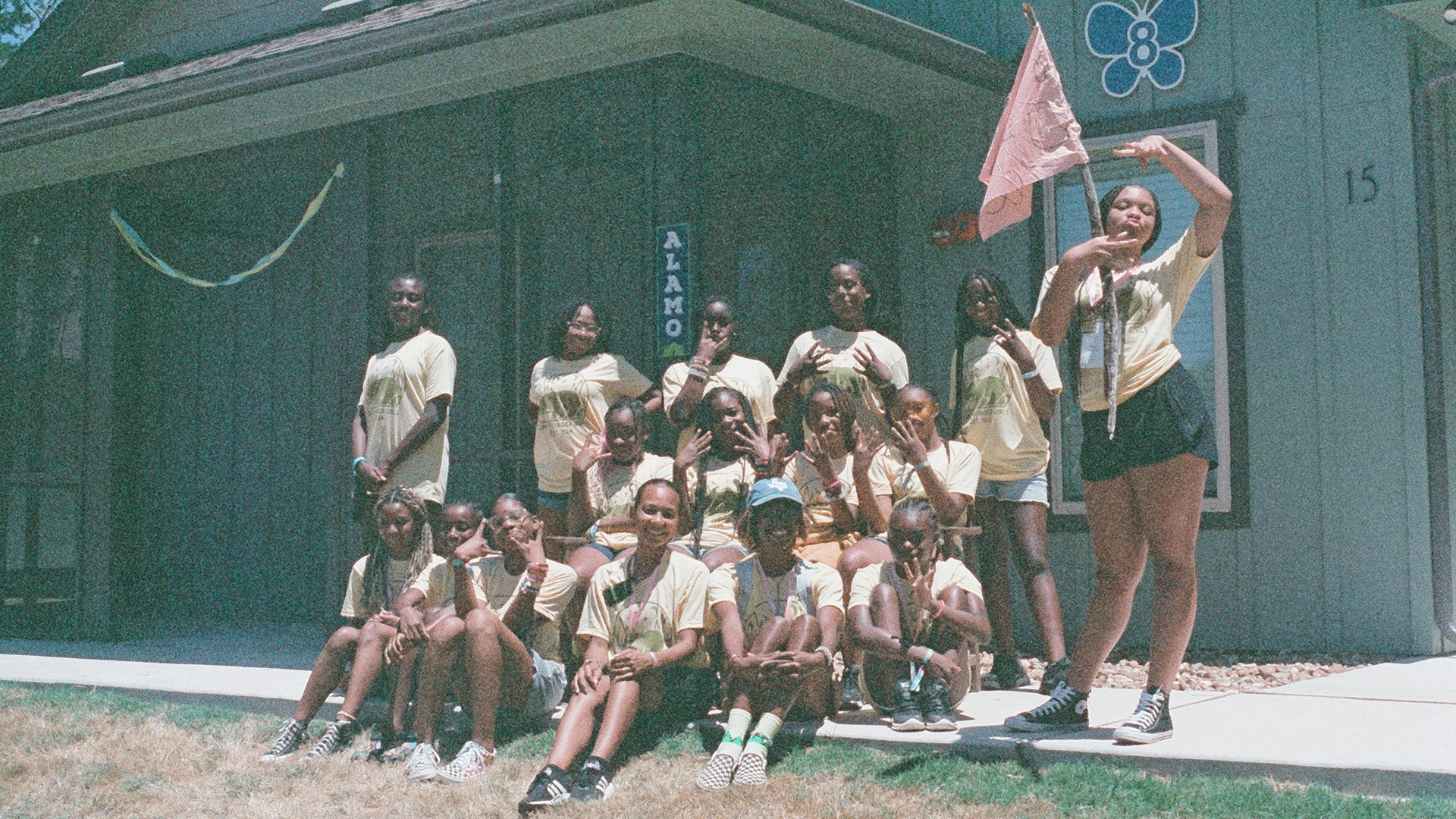
We’re excited to see several films directed by previous BAVC MediaMakers for the 46th Mill Valley Film Festival (October 5 – 15, 2023): DEMON MINERAL (Hadley Austin), SKIN OF GLASS (Denise Zmekhol), and FOUNDER GIRLS (Contessa Gayles).
We reached out to each of the filmmakers to find out how their experiences as MediaMakers impacted their filmmaking journey in addition to what to expect and where to watch their films.
_______________________________________________
FOUNDER GIRLS dir. by Contessa Gayles
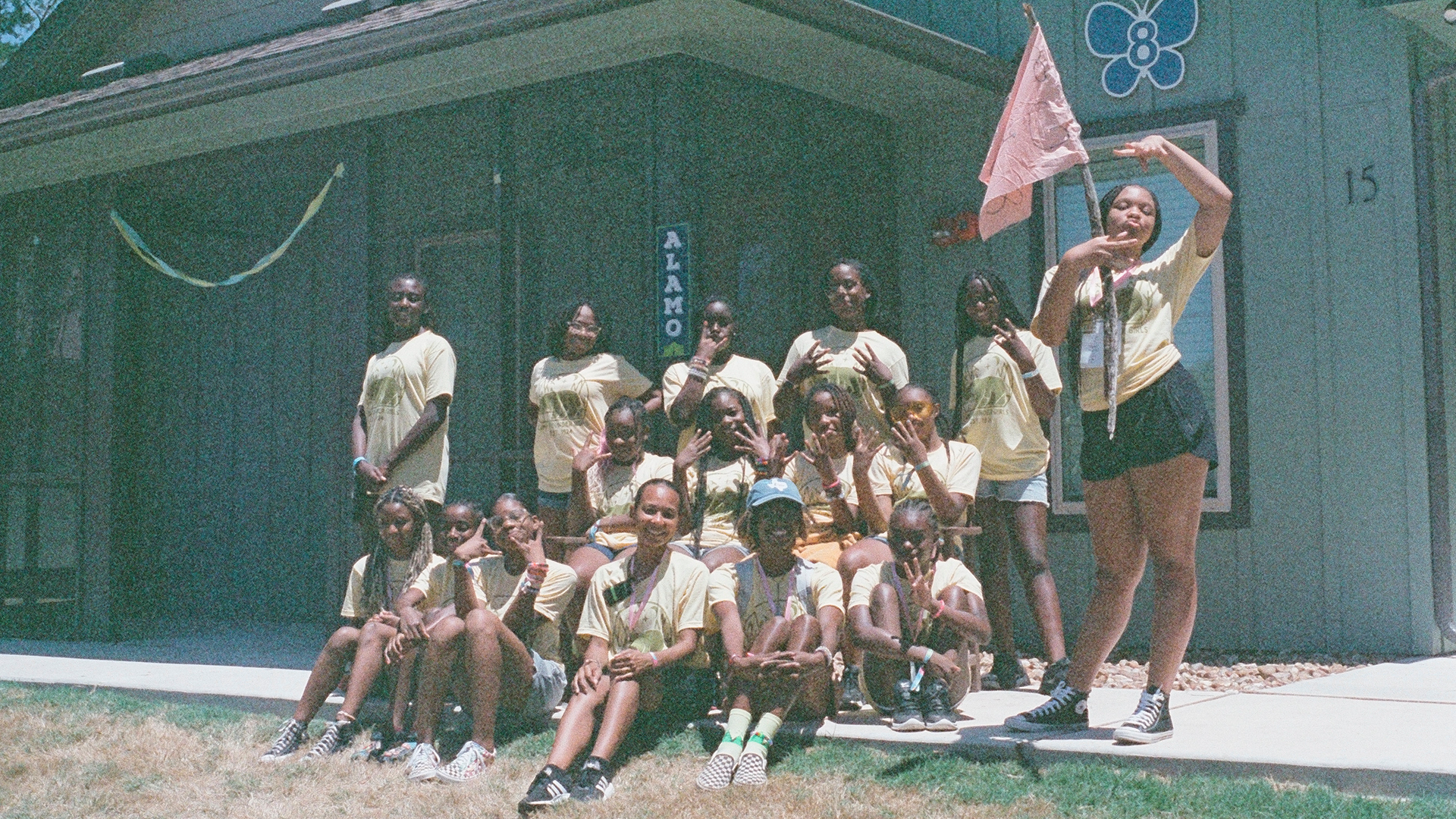
Sat, Oct 7 ● 1PM ● Cinemark CinéArts Sequoia
In this kaleidoscopic ode to girlhood, young campers find freedom, sisterhood, and themselves at a historically Black summer camp.
Playing with feature length film called I Am Hope by director ShakaJamal
What role did your experience as a BAVC MediaMaker Fellow play in your journey to making this film?
Contessa Gayles: I was a BAVC MediaMaker Fellow with another film, a forthcoming feature film called Songs from the Hole. While I was not in the fellowship with this particular film, what I learned during my fellowship about believing in and further developing and sharpening my artistic voice as a storyteller was a foundational experience that I carry with me from project to project and through my career.
How long have you been working on this film and how does it feel to be able to show it to the world now?
CG: From development to completion, Founder Girls was about a year and a half in the making. We premiered at the Tribeca Film Festival and screened at the Bentonville Film Festival in June and it feels great to now bring the film to the West Coast and screen at the Mill Valley Film Festival on Oct. 7th and 13th. The film is a tribute to the enduring legacy of what is heralded as the first summer camp for Black girls in the country, Camp Founder Girls, founded in 1924 in San Antonio, Texas. Ultimately, this film is a celebration of Black girlhood in spaces of community, exploration, joy and freedom. It’s a gift to bear witness to and is an experience I know will continue to resonate with audiences across the country and beyond.
What do you hope the audience will take away from the film?
CG: As soon as I learned about Camp Founder Girls, this historically Black summer camp for Black girls, I was immediately drawn to the possibilities of documenting and bringing to life on screen this really special and meaningful experience, created by a Black woman named Mattie Landry, for Black girls to be a able to attend a summer camp at a time when they were otherwise prohibited from attending the existing whites-only camps.
Nearly 100 years since its founding, I had the privilege and the joy to document what this camp looks like today, through the lens of its contemporary campers and to see them learn about the legacy that they are a part of. This is a sacred space where the campers are encouraged to take up space, to be themselves out loud, unapologetically. Representations of what that type of freedom looks like for us as Black people, and Black women and girls and non-binary people in particular, is so important. And it’s so crucial that we document and create records of how we as Black people have this beautiful history and legacy of creating and cultivating these types of spaces for each other and for our communities.
How do you measure the effectiveness of your storytelling in creating an impact?
CG: I hope Black women and girls, and Black people, feel seen and celebrated and find some healing and some experience of freedom from this story.
As for the camp organization, Camp Founder Girls is looking to expand in more ways than one, and I encourage folks to explore ways they can support this work at campfoundergirls.org.
What’s next? Are there any current or upcoming film projects you’re working on or planning to pursue?
CG: My forthcoming feature projects in the works continue the exploration of different facets of Black childhood and coming of age.
_______________________________________________
SKIN OF GLASS dir. by Denise Zmekhol

Sat, Oct 14 ● 5:15pm ● Cinemark CinéArts Sequoia
Sun, Oct 15 ● 1:30pm ● BAMPFA
When she learns that squatters occupy the landmark São Paulo skyscraper her late father, Roger, designed in the early 1960s, Bay Area documentarian Denise Zmekhol returns to her hometown to investigate — and make peace with her dad’s memory.
What role did your experience as a BAVC MediaMaker Fellow play in your journey to making this film?
Denise Zmekhol: When I was a BAVC MediaMaker fellow, I was at a crucial stage in editing SKIN OF GLASS. We had a cut that was over 2 hours long, and we were still working on the structure. All the meetings, discussions, and feedback were very helpful and inspiring for the editing process, especially coming from a group of filmmakers with a diverse array of perspectives and backgrounds.
How long have you been working on this film and how does it feel to be able to show it to the world now?
DZ: I’ve been working on SKIN OF GLASS since 2017. I went to Brazil to film four different times, then we were in post production for a year and a half. The story of the film is very layered and complex and we had around 150 hours of footage to work with, so it was a challenge to decide what to keep and how to weave the story together. It was a gift to have my relationship with my father and the fate of his building flow so organically into an exploration of complex social issues, and I’m thrilled to finally be sharing this film with the world. I’m now on our European festival tour and am so touched by the overwhelmingly positive response we’ve received from viewers. Seeing how the film is connecting with people from different countries and backgrounds has been a wonderful experience. It has been an honor to see these connections reflected through being chosen as a finalist at the Venice Architecture Film Festival, winning Best Feature Documentary at the International Architecture Film Festival Barcelona, and being selected to be part of a special screening with the four best films at the Architecture Film Festival Rotterdam.
What do you hope the audience will take away from the film?
DZ: SKIN OF GLASS explores complex social issues through my personal story as a daughter struggling to understand her father and his legacy. Our hope is that the intertwined stories of my relationship with my father, his life and choices, and the fate of his building take viewers on an engaging journey of discovery and reflection, as well as spark conversations about displacement and homelessness, which are transforming every big city in the world today.
How do you measure the effectiveness of your storytelling in creating an impact?
DZ: My approach to storytelling is driven by a desire to reach people in a poetic way. I strive to communicate ideas through a simple and elegant visual style. I engage viewers with passion, empathy, and even humor, allowing them to consider new perspectives. Since we started our European festival tour, it has been truly amazing to see the reactions from audiences and the emotional connections they make with the film. By telling a personal story, the film encourages viewers to open their hearts and minds to thinking, caring, and talking about larger social-political issues. The effectiveness of the film’s storytelling can be measured by its ability to present viewers with complex topics in a way that is personal and allows them to see themselves reflected.
What’s next? What’s next? Are there any current or upcoming film projects you’re working on or planning to pursue?
DZ: First, a vacation! I’ve been working non-stop for the last five years and would love to take a break. And then, I’d like to spend some time further nurturing the film and getting it out into the world. I’ve also been thinking of doing a book about my father’s work that I was developing earlier, which actually inspired and led me to make the film. It’s all coming full circle!
_______________________________________________
Demon Mineral dir. by Hadley Austin
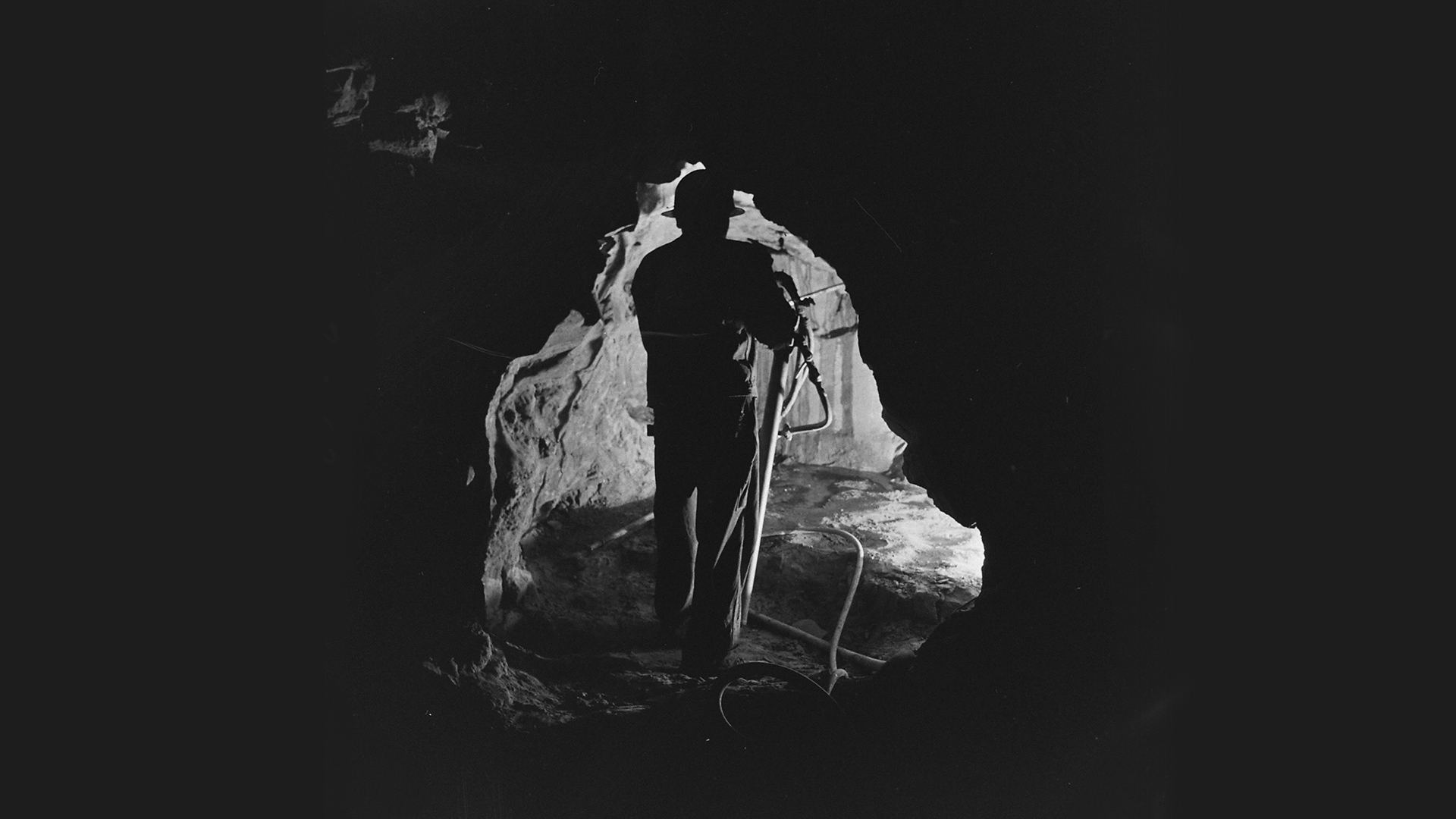
Sat, Oct 14 ● 6:00pm ● Smith Rafael Film Center
Sun, Oct 15 ● 12:00pm ● Smith Rafael Film Center
A penetrating look at the radioactive desert of the Navajo Reservation suffering from the effects of decades of uranium mining, Demon Mineral paints a devastating portrait of bureaucratic inaction and its long-term impact on human life.
What role did your experience as a BAVC MediaMaker Fellow play in your journey to making this film?
Hadley Austin: BAVC Media was pivotal in the making of DEMON MINERAL. From feedback to last minute editing crises, to assistance with digitizing material, the BAVC MEDIA team was always ready and willing to offer advice, connections, and assistance. It has also been edifying to be part of a cohort of amazing and talented people whose work is also making its way into the world. Sharing is always better than not, especially when it comes to success, and as a new filmmaker I didn’t have an extensive community of folks in an endeavor similar to mine before my time in BAVC MEDIA.
How long have you been working on this film and how does it feel to be able to show it to the world now?
HA: DEMON MINERAL has been in the works for five years. I still can’t believe people are watching it, to be honest. I think I’ll know more about how I feel when some time has passed; right now I’m still sort of in work mode, getting the film and all its materials and participants to where they need to be, and making choices about the film’s future. But I did allow myself a moment when standing before an audience at the world premier in Munich to take a picture of the crowd and acknowledge the tremendous amount of work that goes into making a film. I took a picture of the audience with my cell and they were quite nice about it. I am proud of the film. But most of all I’m glad that the folks who participated in the film on both sides of the camera like it and are also proud of it.
What do you hope the audience will take away from the film?
HA: I hope the audience will feel transported and therefore engaged with this beautiful place, and feel it is a place worth saving. I hope they will care about people whose lives are different than their own. I hope they will know more about the very not green parts of the nuclear fuel chain and will understand why new uranium mining is never a good idea.
How do you measure the effectiveness of your storytelling in creating an impact?
HA: We treated this issue very subjectively, and focused entirely on two things: 1. Giving space and time to those directly impacted, even if this didn’t lend itself to an entirely traditional filmic structure. 2. Making people care about the land by giving the earth as much of a voice as we could by using long landscape shots and local wild sounds. It’s early days and it’s unclear whether these approaches will be effective, but the audiences have left with at least one person telling me they are enraged about the realities of nuclear colonialism, so perhaps that’s a good sign!
What’s next? What’s next? Are there any current or upcoming film projects you’re working on or planning to pursue?
HA: I am working on a hybrid documentary about the politics of the Y2K moment in the Southwest; specifically about the Patriot Act, Bush’s attempts to build “the wall,” and the militarization of the police. I am also working on an experimental documentary about a large outcropping of bedrock in New York City, and the ways that nature sometimes entirely foils human attempts to exploit it for financial gain. Lastly, I am working on an installation piece about the many ways of living in a body in an increasingly virtual world.
